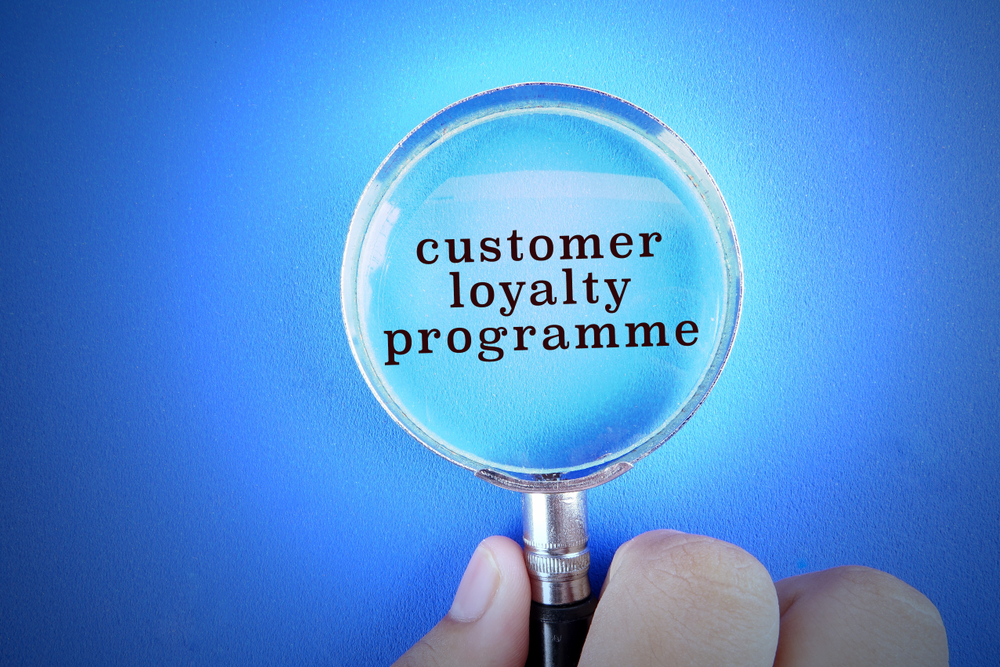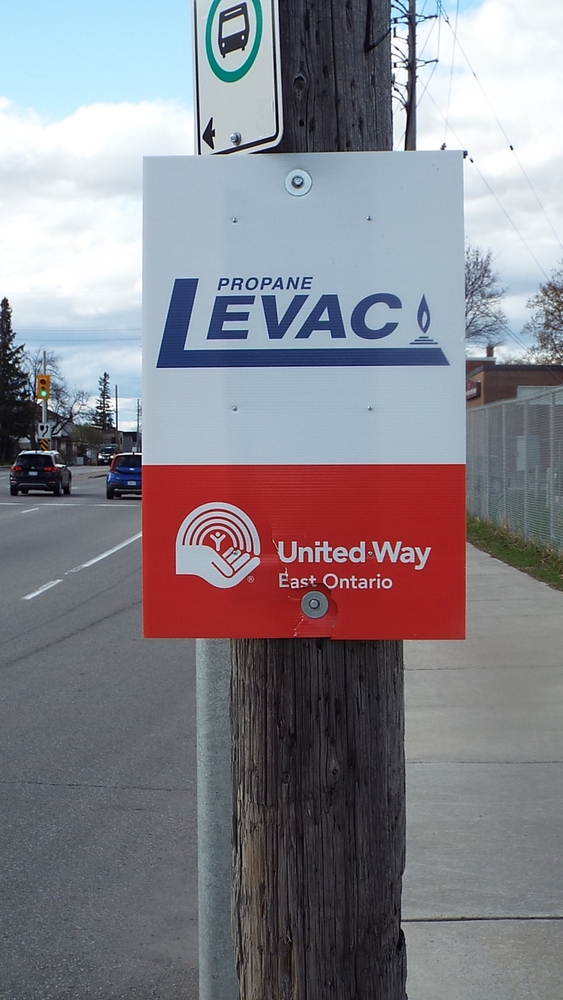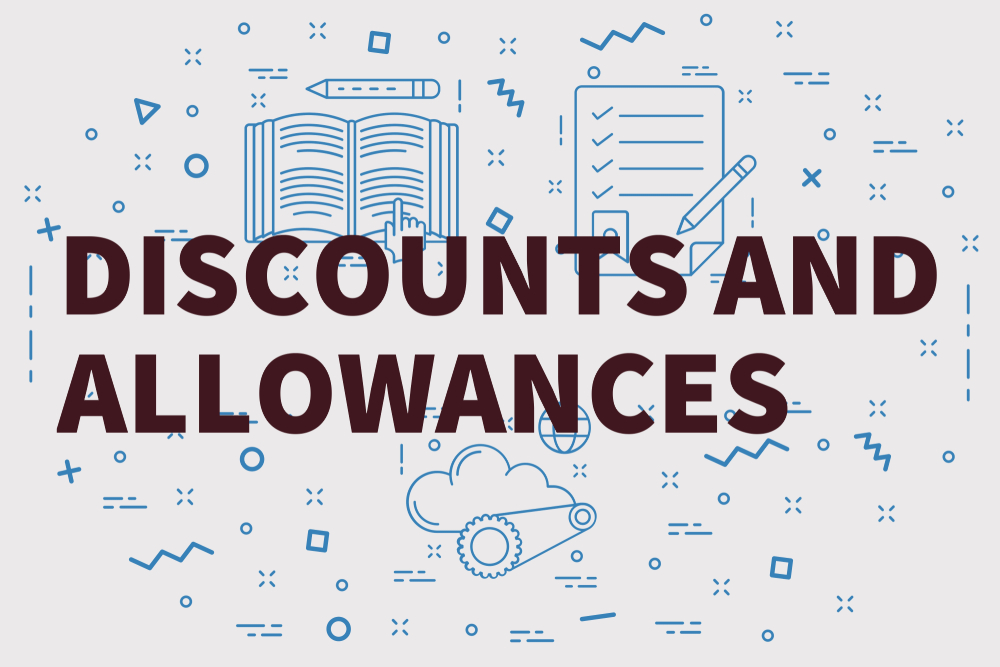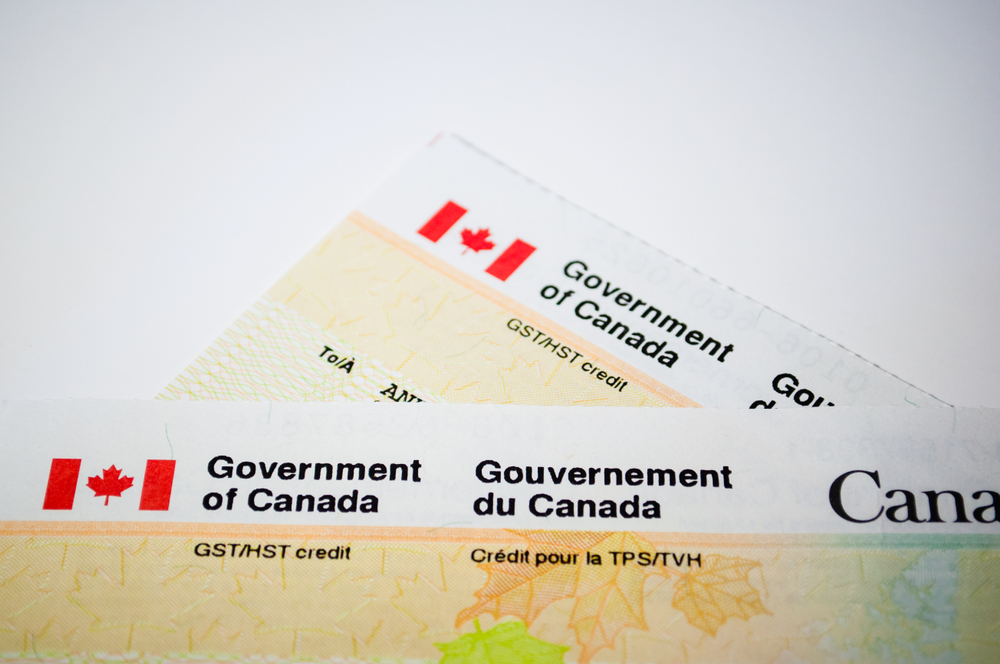Everyday expenses in Canada continue to rise, and many households are unknowingly paying more than necessary. From groceries and mobile bills to banking fees and entertainment, overspending often occurs through habits that go unchecked. Small costs add up quickly, eroding savings and limiting financial flexibility. Here are 21 signs you may be overpaying for everyday life in Canada.
Paying Full Price for Groceries Without Using Flyers or Apps

Canadian families often overspend on groceries by skipping flyers and discount apps. Weekly flyers from retailers such as Loblaws, Sobeys, and Walmart highlight discounts on essentials. Apps like Flipp and Reebee consolidate deals, allowing shoppers to compare prices across stores. Price-matching policies offered by chains like No Frills and Real Canadian Superstore further reduce costs. With rising food prices, overlooking these tools means paying significantly more than necessary. Strategic use of flyers and apps can save households hundreds of dollars annually, making them essential for cost-conscious Canadians who want to stretch their grocery budgets.
Ignoring Loyalty Programmes like PC Optimum or AIR MILES

Loyalty programmes are one of the easiest ways to reduce everyday expenses, yet many Canadians ignore them. Programmes like PC Optimum, AIR MILES, and Scene+ allow members to accumulate points on routine purchases at grocery stores, gas stations, and pharmacies. These points can be redeemed for groceries, merchandise, or travel, offering tangible savings. For instance, PC Optimum regularly runs points events that provide returns equivalent to 10% or more on selected purchases. Failing to use these programmes means missing out on rewards that accumulate over time. Canadians who shop regularly without enrolling are effectively leaving money unclaimed.
Accepting High Bank Account Fees Without Question

Many Canadians continue paying high monthly bank account fees without exploring alternatives. Traditional banks often charge CA$10 to CA$30 per month for standard chequing accounts, adding up to several hundred dollars annually. Online banks such as Tangerine and Simplii Financial offer no-fee chequing accounts with comparable services, while credit unions frequently provide lower-cost options. In some cases, maintaining a minimum balance eliminates fees. By staying with costly accounts out of convenience, Canadians unnecessarily overpay for basic banking services. Reviewing account options and switching providers when necessary can result in substantial long-term savings with minimal effort.
Using Credit Cards Without Cashback or Rewards

A credit card is more than just a payment tool; it can also generate valuable rewards. Canadians who use credit cards without cashback or points programmes miss out on potential returns from everyday spending. Cards like the Tangerine Money-Back Credit Card, CIBC Dividend Visa Infinite, or Scotiabank Momentum Visa Infinite provide between 1% and 4% cashback in key categories. Over a year, this can translate to hundreds of dollars in savings. Since many of these cards carry no annual fee, there is little downside to using them. Choosing non-reward cards often results in missed opportunities for free value.
Paying Too Much for Mobile and Internet Plans

Canadians consistently pay some of the highest mobile and internet costs among developed countries. Many consumers remain with major providers such as Rogers, Bell, and Telus without exploring competitive options. Regional carriers like Freedom Mobile, Fizz, and SaskTel often provide lower-cost plans with similar data and coverage. Promotional offers and bundled packages can also reduce costs significantly. By neglecting to shop around or negotiate with providers, Canadians may overpay by CA$20 to CA$50 per month. Over a year, this adds up to hundreds of unnecessary expenses. Comparing plans regularly is a practical cost-saving habit.
Buying Brand-Name Drugs Instead of Generic Alternatives

Purchasing brand-name medications when generics are available is a common way Canadians overspend. Health Canada requires generic drugs to meet the same safety, quality, and efficacy standards as their branded counterparts. The difference is primarily in packaging and marketing. Generic versions often cost 20% to 80% less, resulting in significant savings over time. Pharmacies such as Shoppers Drug Mart and Costco frequently stock generic options for common prescriptions and over-the-counter medicines. Unless a physician specifies otherwise, choosing generics is a reliable way to cut healthcare costs without compromising effectiveness. Ignoring this option leads to unnecessary spending.
Skipping Price Comparisons on Insurance Policies

Insurance premiums for auto, home, and health coverage vary widely in Canada, yet many policyholders renew without comparing alternatives. Failing to shop around often results in paying hundreds of dollars more each year. Online platforms like Ratehub, LowestRates, and Kanetix allow Canadians to compare quotes across multiple providers in minutes. Additionally, bundling home and auto insurance often unlocks discounts. Reviewing coverage annually ensures that policies remain competitive and suited to current needs. By neglecting comparisons, Canadians risk overpaying while receiving no added benefit. Proactive shopping can deliver both immediate savings and better coverage options.
Overspending on Coffee and Takeout Instead of Brewing at Home

Daily purchases of coffee and takeout meals can significantly inflate monthly expenses for Canadians. A CA$5 coffee each weekday adds up to over CA$100 per month, while frequent takeout lunches or dinners easily exceed that. Brewing coffee at home costs only a fraction, with a 1-kilogram bag of beans producing dozens of cups. Preparing meals in bulk and using reusable containers reduces reliance on restaurants and fast food. While convenience is appealing, the cumulative cost of daily purchases is substantial. Canadians who cut back even partially on these habits can redirect savings toward financial goals or essential expenses.
Paying Retail Price for Clothing Without Seasonal Discounts

Retailers in Canada regularly offer seasonal sales, clearance events, and promotional discounts, yet many consumers continue to pay full retail prices. Clothing often goes on sale at the end of each season, with markdowns of 30% to 70%. Large chains such as Hudson’s Bay, Simons, and Winners, as well as online retailers, consistently offer discounted pricing. Shopping during Black Friday or Boxing Day sales further reduces costs. Canadians who buy clothing at full price miss these opportunities for savings. Timing purchases strategically ensures quality items are acquired at lower costs, preventing unnecessary overspending on wardrobe essentials.
Not Negotiating Utility or Service Provider Rates

Utility and service providers in Canada often offer retention deals to customers who ask. Electricity, internet, and cable bills are common areas where Canadians can save simply by negotiating or switching providers. For example, calling an internet provider and mentioning competitor offers often results in promotional pricing or waived fees. Some provinces also allow residents to choose alternative electricity suppliers. By passively accepting standard rates, households may pay CA$20 to CA$60 more each month. Negotiating annually or at contract renewal ensures competitive pricing and prevents gradual cost increases that go unnoticed over time.
Paying for Extended Warranties You Rarely Use

Extended warranties on electronics and appliances are heavily promoted in Canadian stores, but they often provide limited value. Many items already come with manufacturer warranties, and consumer protection laws in provinces like Ontario and British Columbia cover basic product quality expectations. Studies show that most extended warranties are never used, meaning buyers pay extra without receiving benefit. Credit cards such as those from Visa and Mastercard already include extended coverage on purchases, reducing the need for additional protection. Unless the product is high-risk or unusually costly to repair, extended warranties are generally an unnecessary expense.
Ignoring Second-Hand Options for Furniture and Electronics

Furniture and electronics can be costly when purchased new, yet Canadians often overlook second-hand markets. Platforms like Facebook Marketplace, Kijiji, and Habitat for Humanity ReStores offer quality used items at a fraction of retail prices. Many second-hand items, particularly furniture, are gently used and durable enough to serve for years. Buying pre-owned electronics can also be cost-effective, with refurbished devices from retailers such as Best Buy and Apple carrying warranties. Choosing second-hand not only saves money but also supports sustainability by reducing waste. Ignoring these options leads to unnecessary expenses and lost opportunities for savings.
Buying Bottled Water Instead of Using Filters

Regularly purchasing bottled water is an avoidable expense for Canadians with access to clean tap water. A case of bottled water may cost CA$3 to CA$5, which quickly adds up when purchased weekly. In contrast, a quality water filter pitcher or faucet attachment costs under CA$50 and lasts months with replacement filters. For households, the long-term savings are substantial, often reaching hundreds of dollars annually. Tap water in most Canadian cities meets high safety standards, making filtration sufficient for taste improvements. Relying on bottled water not only strains budgets but also increases plastic waste unnecessarily.
Overpaying for Gym Memberships You Don’t Fully Utilise

Many Canadians subscribe to gym memberships that they seldom use, resulting in wasted monthly fees. Memberships often range from CA$40 to CA$80 per month, adding up to hundreds annually. Some individuals join premium gyms with extra amenities but only use basic equipment. Alternatives include pay-per-use fitness classes, lower-cost community centres, or at-home workout equipment. Online platforms also provide subscription-based fitness programmes at a fraction of traditional gym costs. Reviewing usage regularly ensures that fitness spending aligns with actual habits. Cancelling or downgrading underused memberships can free up significant funds without sacrificing access to exercise opportunities.
Paying Hidden Airline Fees Instead of Choosing Alternatives

Airline tickets often appear affordable at first glance, but include hidden fees for baggage, seat selection, and other services. Canadian travellers usually pay extra because they overlook alternatives like bundling tickets, booking with airlines that include baggage, or using travel rewards points. For example, low-cost carriers may charge CA$30 to CA$50 for checked bags, which can quickly increase trip costs. Credit cards with travel benefits often cover luggage or seat selection, which can help reduce expenses. Comparing total trip costs rather than base fares is essential. Failing to do so leads Canadians to overpay unnecessarily when more economical options exist.
Spending on Unused Streaming or Subscription Services

Subscription fatigue is a growing issue in Canada, with households often paying for multiple streaming platforms or services they rarely use. Popular subscriptions such as Netflix, Disney+, and Crave each cost between CA$10 and CA$20 per month. Additional subscriptions for apps, fitness programmes, or magazines further increase costs. Many Canadians forget to cancel trials or retain memberships out of habit, leading to unnecessary expenses. Reviewing monthly statements and cancelling underused services can save hundreds annually. Consolidating subscriptions within a household or rotating services seasonally also helps reduce costs while still providing access to preferred entertainment options.
Not Taking Advantage of Student, Senior, or Employee Discounts

Canadians frequently overlook discounts available to them through student status, senior programmes, or workplace benefits. Many retailers, restaurants, and service providers offer 10% to 20% reductions for eligible groups. For example, Shoppers Drug Mart provides a senior discount on select days, and Cineplex offers student pricing. Employers may also provide corporate discounts on technology, travel, or gym memberships. Failing to ask about these opportunities often results in paying more than necessary. Keeping identification or proof of eligibility readily available ensures access to savings. Canadians who take advantage of these discounts can significantly reduce everyday expenses with little effort.
Overpaying for Fuel by Avoiding Gas Station Loyalty Programmes

Fuel prices in Canada fluctuate regularly, yet many drivers do not enrol in loyalty programmes that provide savings. Programmes such as Petro-Points, Esso Extra, and Journie Rewards offer discounts on fuel purchases and redeemable points. Some also partner with grocery and retail chains, multiplying benefits. Even modest savings of 3 to 5 cents per litre add up quickly for commuters or families. Combining loyalty cards with credit card rewards increases value further. Ignoring these programmes means paying full price for fuel that could easily cost less. Registering is free, making participation a straightforward way to lower driving expenses.
Shopping Without Checking Duty-Free or Cross-Border Options

Canadians living near the United States often miss opportunities to save by not exploring duty-free or cross-border shopping. Items such as alcohol, tobacco, and luxury goods are frequently less expensive at border outlets or U.S. retailers. With the favourable pricing of some goods even after currency exchange, cross-border trips can yield significant savings. However, travellers must remain mindful of Canada Border Services Agency duty exemptions, which vary by trip length. For those not travelling, Canadian duty-free shops at airports still offer discounts. Ignoring these alternatives results in paying higher retail prices for items available at lower costs.
Ignoring Bulk Purchases for Frequently Used Household Items

Buying household items in small quantities often leads to higher costs over time. Bulk purchases from retailers such as Costco or Walmart allow Canadians to pay less per unit for essentials like cleaning supplies, paper products, and pantry staples. Price-per-unit comparisons clearly show the savings, especially for families with high consumption. While bulk shopping requires upfront spending and storage space, the long-term financial benefits are substantial. Canadians who overlook this strategy often end up making frequent, smaller purchases at higher retail prices. Planning and purchasing in volume is a proven way to cut recurring household expenses.
Overlooking Tax Credits and Benefits Available to Canadians

Tax credits and government benefits provide significant financial relief, yet many Canadians fail to claim them. Programmes such as the GST/HST credit, Canada Child Benefit, and tuition credits reduce annual tax burdens or provide direct payments. Provinces also offer additional incentives, including property tax credits and energy rebates. Failing to research or apply for these opportunities means missing out on funds already allocated to support households. Using tax software or consulting professionals ensures eligibility is maximised. By overlooking available credits, Canadians effectively overpay in taxes, reducing disposable income that could otherwise support savings and daily expenses.
21 Products Canadians Should Stockpile Before Tariffs Hit

If trade tensions escalate between Canada and the U.S., everyday essentials can suddenly disappear or skyrocket in price. Products like pantry basics and tech must-haves that depend on are deeply tied to cross-border supply chains and are likely to face various kinds of disruptions
21 Products Canadians Should Stockpile Before Tariffs Hit